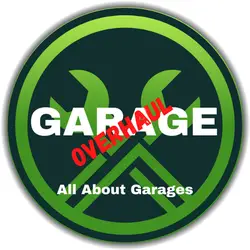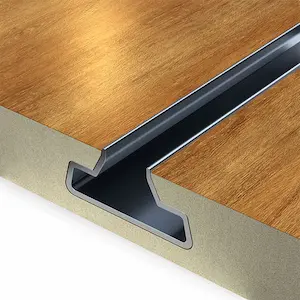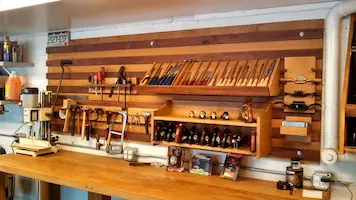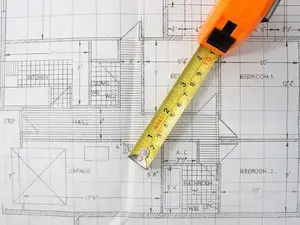Rack vs. Shelf vs. Cabinet
This post contains affiliate links.
When shopping for storage systems for your home garage, you may encounter multiple terms, such as racks, shelves, and cabinets.
On the surface, the terms seem straightforward. Still, when you examine them a little further, you may find it difficult to differentiate between them. How do racks, shelves, and cabinets differ? Which one suits your needs better?
Racks, shelves, and cabinets generally differ by usage, aesthetics, accessibility, weight rating, and assembly. These differences result in them being used in different settings and may be preferred by different users.
This article explores the differences between racks, shelves, and cabinets and also sees which storage systems may suit your needs better.
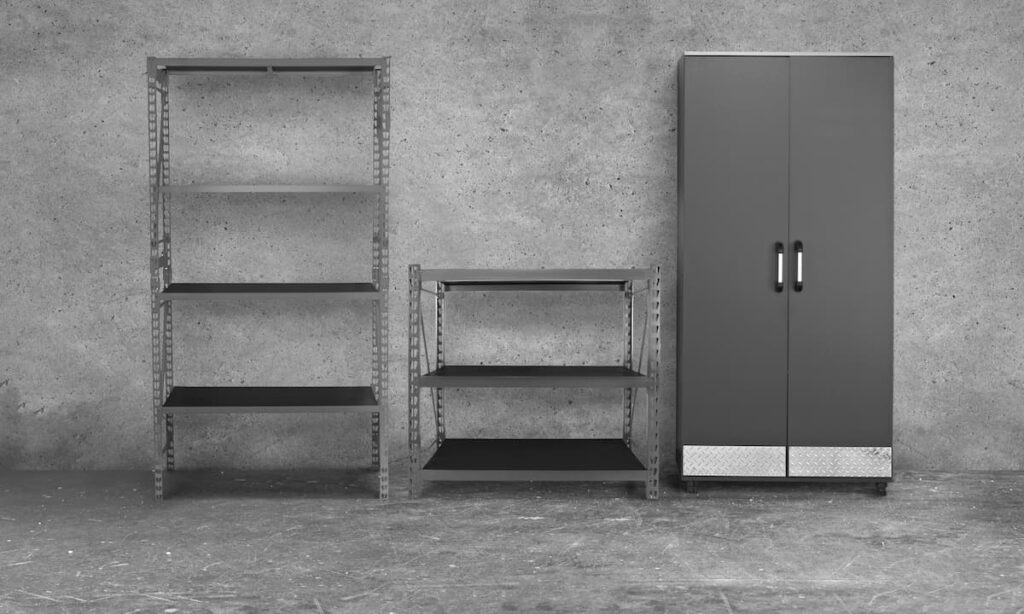
How Are Racks, Shelves, And Cabinets Different?
Racks, shelves, and cabinets differ in many ways, such as usage, load rating, size, mounting, design, and presence of doors. These resulted in each storage system being used in different ways.
| Aspects | Racks | Shelves | Cabinets |
| Usage | To house large, heavy items | To store smaller, hand-reachable items | To store smaller, hand-reachable items |
| Load Rating | Highest | High | High |
| Size | Can be very large and tall | Usually not as large as racks | Usually not as large as racks |
| Installation & Assembly | Freestanding, or mounted to floor, wall, or ceiling | Freestanding, or mounted to floor, or wall | Freestanding, or mounted to floor, or wall |
| Design | Industrial | More intricate for use in offices, commercial spaces, or homes | More intricate for use in offices, commercial spaces, or homes |
| Doors | No doors | No doors | With doors |
Generally, you may assume that racks, shelves, and cabinets are used to store items. They all contribute to creating an organization for the things you store in your space, be it at home, garage, or office.
They, however, differ in many ways, which may explain why they are given different names.
Use
Generally, racks are used more in industrial or large-scale commercial settings. In contrast, shelves and cabinets may be seen in smaller retail spaces, offices, garages, or homes.
This is because industrial and large-scale commercial storage typically requires the racking to handle large items with a lot of weight, such as boxes of products packed into a pallet.
The most direct example of a racking system would be what you see at warehouses, such as in IKEA or The Home Depot. Data centers may also use racks to store their servers. They are tall, large, and extra sturdy and may require a ladder or forklift to reach the packages.
Shelves are generally used to store or place smaller items that can be picked up by hand. As a result, you may not see shelves being used in industrial warehouses but in commercial spaces such as supermarkets, bookstores, offices, or homes.
Cabinets are most common in offices, kitchens, and garages. As for cabinets, they are essentially shelves with doors attached to protect the things stored inside. Cabinets are also used to hide things away for a more organized, clean look.
Size
Due to how each storage system is used, racks may usually be larger than shelvings and cabinets.
It may not be surprising to see racking constructed in several bays and maybe tens of feet tall. This means racks are often large and tall enough that many things may not be in the reach of humans unless with the help of tools or machines such as ladders, drones, or forklifts.
Shelves are generally smaller in size compared to racks. Larger shelves may be formed by combining several smaller shelves together. You may see extended shelves in larger commercial spaces such as supermarkets, but they do not go as high as racks.
Cabinets tend to be used in offices, homes, and garages and may be the costliest. This means they tend to be small and rarely achieve the size and scale of racks or larger shelves.
Load Rating
Due to their usage, racks commonly have a higher load rating compared to shelves and cabinets. Racks must be sturdy and handle a lot of weight since they typically swallow large, heavy items.
As a result, racks are mostly made of steel and may come with other supporting systems to keep them solid and sturdy. These include crossing support bars or floor mounting.
Shelves and cabinets are often not subjected to hard usage compared to racks since they usually store small items.
For example, supermarket shelves may display products, groceries, food, etc. In the office, shelves may be used to store files and stationery. At home, shelves may store books, decorations, or photos of loved ones.
As a result, shelves and cabinets do not require a high load rating. This, however, means that shelves and cabinets may not stand up to abuse compared to racks.
Material
Since racks are commonly built in larger sizes and need to handle much more weight, they tend to be made of sturdy materials such as steel.
This is because steel has the strongest ability to withstand the load. At the same time, steel is resistant to corrosion and rusting, provided they are coated well.
Smaller racks may be made of wood to save on costs. Still, wood usually does not make suitable large racks, as they can rot and become moldy under humid temperatures. They may also be vulnerable to termite attacks.
Shelves and cabinets may be more aesthetic since they are used in offices, garages, and homes. They also do not need to be too sturdy to handle high loads.
This means you may see shelves and cabinets made of wood or reconstituted wood, such as particle boards. Some shelves and cabinets can still be made of steel, but often sheet steel is used instead of solid steel bars, as in racks.
Installation And Assembly
Regarding installation and assembly, all storage systems may have differences in how they are installed. These may depend on mounting, support system, weight, complexity, etc.
The installation and assembly approach may be the easiest for racks since they generally only require the beams and bays to be placed and bolted in.
However, racking structures may be heavy, so moving these individual parts together and bolting them in may be challenging.
When you add in that rackings may be stacked really high, you may need to start thinking about using machinery such as forklifts and pulleys to get the job done.
You also need to consider mounting the rack to the floor or wall to increase its strength, which means additional drilling and bolting work.
For shelves, since they generally do not go high up like racks, you may be spared from having to deal with heavy machinery. Shelving parts are also not as heavy as racking.
The issue with shelves is that some may be mounted directly to the wall, requiring you to drill the wall, use a level bubble to ensure the shelves are mounted straight, and then screw the shelves in.
Instead of relying on heavy labor to install racks, you must spend time on precision work to install shelves.
Cabinets may be the same as shelves but with more precision work. This is because cabinets are generally light and do not go high up, unlike racks.
However, since cabinets contain doors or drawers, you may be looking at getting things such as framing, hinges, or knobs appropriately installed. You also will need to mount the cabinetry to the wall or floor in most cases.
This means you will spend a lot more time on precision work installing cabinets than shelves.
Design
Racks may be least designed, compared to shelves or cabinets. This may be due to its more industrial use, which requires reliability and sturdiness over aesthetics.
Racks are generally made of steel and are then given some paint or powder coating to protect them from rusting. More elaborate steel racks may be provided chrome or vanadium coating, giving them a light sheen similar to what you see in professional kitchens.
Shelves may be given a more elaborate design than racks. However, shelves can also be very minimal and industrial in their design, for example, shelves in departmental stores. For home and office use, you may see shelves with color painting.
Particle board shelvings may have vinyl surface finishing, such as shelves from IKEA. Wooden shelvings may also be given an oil-coating finish, revealing their natural grains. Steel shelvings may also see elaborate designs to enhance the aesthetic value.
Cabinets may be the most elaborate design since they tend to be used in offices and homes. Similar to shelves, they may be given a natural finish and a vinyl surface and paired with unique knobs or handles to enhance their beauty.
Doors
Racks and shelves generally do not have doors, while cabinets have doors. This is because racks and shelves are generally designed to store things and, at the same time, allow easy retrieval.
Think of warehouse managers picking up boxes or orders to ship to customers, of you just trying to quickly reach your favorite bag of chips from the store shelves. Having a door does not make sense, as they make the process unnecessarily complicated.
Cabinets, however, may have doors for several reasons. One is to protect the items inside from being exposed to dust or sunlight, for example, food items. The second reason cabinets have doors to allow the items to be hidden behind the doors, keeping the place clean, organized, and uncluttered.
As such, cabinets tend to be installed in places where aesthetics are more appreciated than convenience, such as kitchens, garages, or offices.
Which Storage System Suits A Home Garage?
Depending on your storage needs, you may use racking, shelving, or cabinets for your home garage. Your main priorities when deciding may be load rating, space, and aesthetics, such as if you want to hide things behind a door.
Racks
Racks may work if you plan to store large, heavy items. In a home garage, these may be power tools such as a miter saw, welding equipment, or heavy car spare parts such as a transmission.
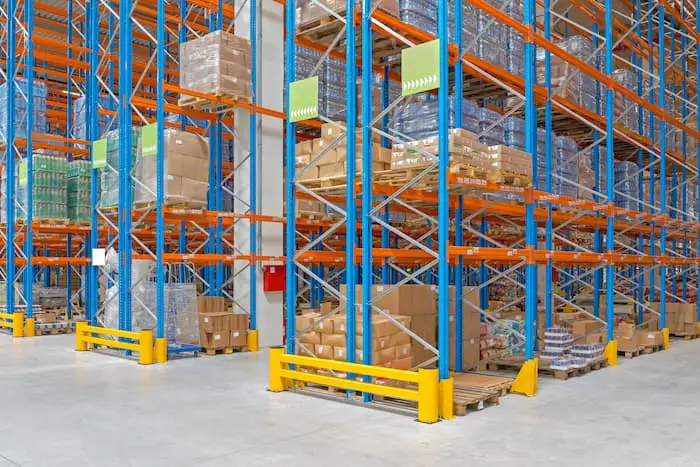
With these heavy items, shelves or cabinets may not be sturdy enough to handle the weight. Plus, racks are also less intricate in finishing. If you accidentally scratched it while loading or retrieving items, you do not feel too bad about it.
Storage racks can also be mounted to the ceiling, which may be an option for you if you do not have much wall space.
CHECK IT OUT : Best Ceiling Mounted Storage Racks
Shelves
Shelves are better if you need storage but do not need a super high load rating. For example, if you want to store bottles of car wash soap, vacuum cleaner, or just boxes of electronic parts for your hobby etc.
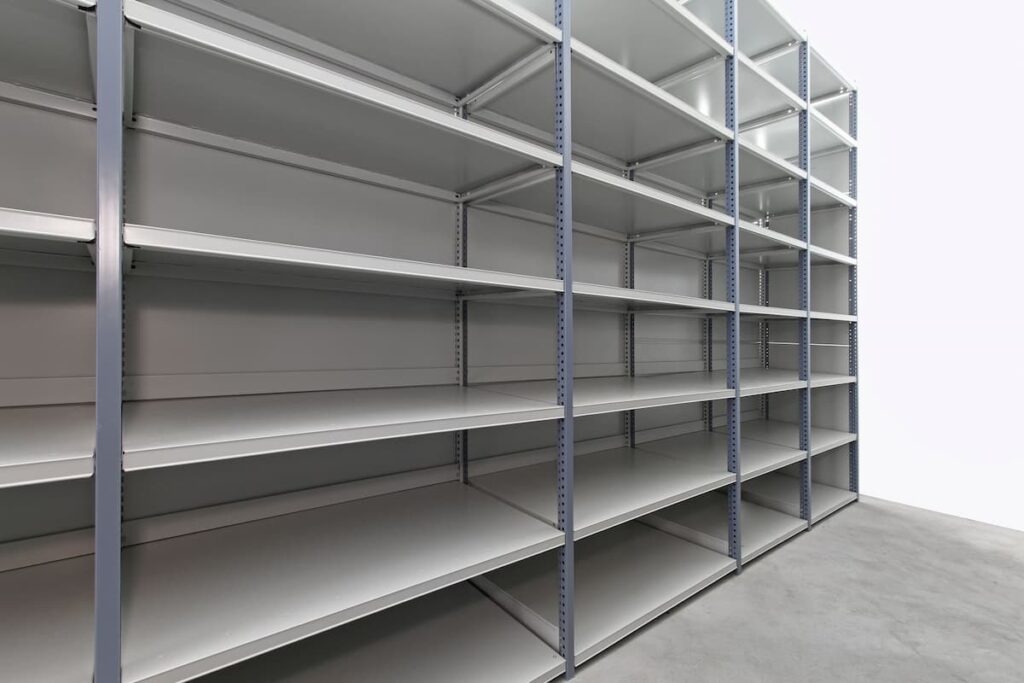
Shelves usually have better finishing, so if you enjoy a more homey, less industrial home garage, shelves may be a better option than racks.
CHECK IT OUT: Best Shelves For Home Garages
Cabinets
Cabinets may be an alternative if you want a very organized home garage and prefer to hide things behind cabinet doors.
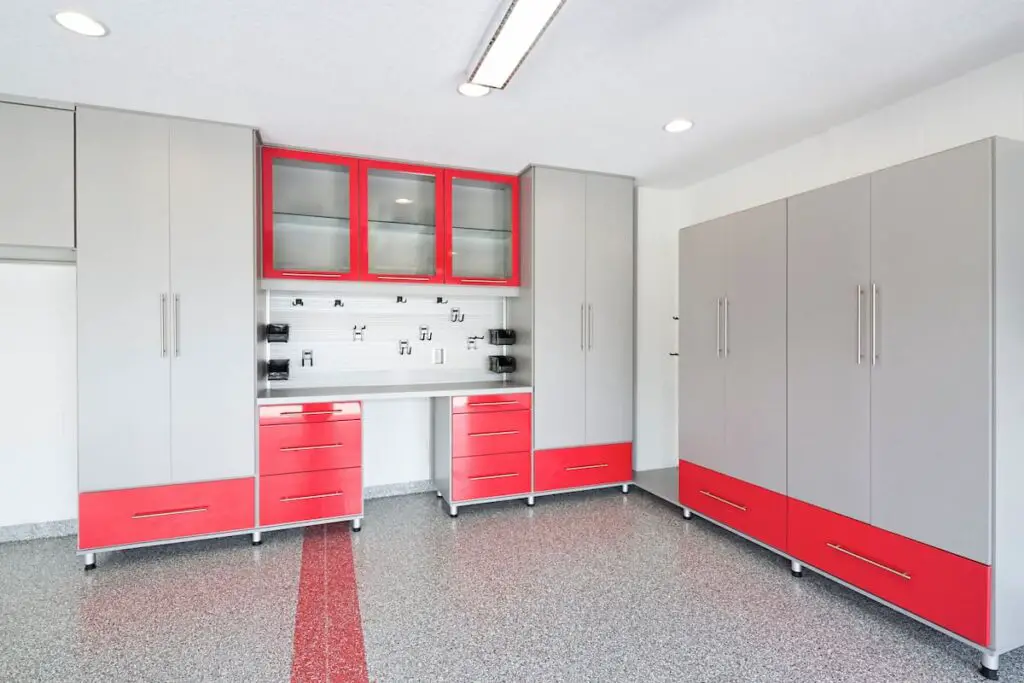
Cabinets may also be a good option if you prefer to keep things safely away from others since it has a door. You can keep more valuable and hazardous things away from the reach of children or your pets by locking them inside a cabinet.
CHECK IT OUT: Best Cabinets For Home Garage Organization
